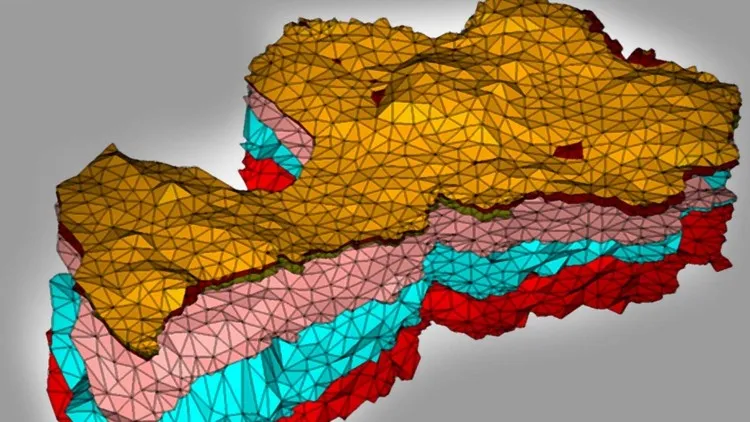Aquifer Modeling with Feflow and Python
Last updated 7/2025
Duration: 3h 58m | .MP4 1280x720 30 fps(r) | AAC, 44100 Hz, 2ch | 1.76 GB
Genre: eLearning | Language: English
Last updated 7/2025
Duration: 3h 58m | .MP4 1280x720 30 fps(r) | AAC, 44100 Hz, 2ch | 1.76 GB
Genre: eLearning | Language: English
Acquifer Modellling : how prevent pollutant dispersion, predict flows and collection regimes
What you'll learn
- Basic Concept and Parameters of Acquifer
- Acquifer Model in Feflow and Python
- Modelling in Feflow and Python of the dispersion of pollutants
- Modelling with Python for dranaige and suistanability captivity
Requirements
- Hydrology
- Physics
Description
This course offers a comprehensive introduction to aquifer modelling, focusing on strategies to prevent pollutant dispersion, predict groundwater flow, and design effective collection regimes. Participants will explore the principles of hydrogeology, aquifer types (confined, unconfined, fractured), and contaminant transport mechanisms. Through theoretical lessons and practical case studies, the course highlights how numerical models (e.g., MODFLOW, FEFLOW) can simulate flow patterns, contaminant migration, and recharge-discharge dynamics under various conditions.
A key emphasis is placed on identifying pollution sources, assessing risks, and implementing barrier systems or extraction wells to limit contaminant spread. Participants will learn to integrate monitoring data, boundary conditions, and hydraulic properties into models to support decision-making for groundwater protection and sustainable water use.
The course also covers predictive modelling for different collection regimes, optimizing well placement, pumping rates, and remediation strategies. By the end of the course, attendees will be able to build and validate aquifer models, interpret results, and apply them to prevent pollutant dispersion, guide remediation planning, and ensure regulatory compliance. This course is designed for environmental engineers, hydrogeologists, and water resource managers aiming to safeguard groundwater quality and availability. Finally you are able to produce a dispersion map, make qualitative analysis, and modelling the suistenability of drainage and catchment works.
Who this course is for:
- Geologist
- Hydrogelogist
More Info



